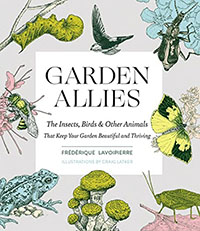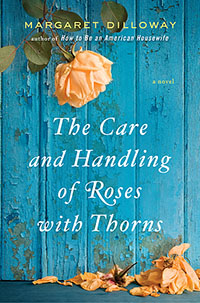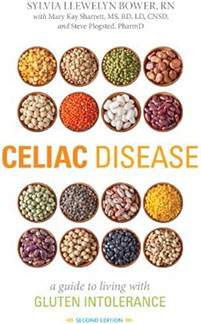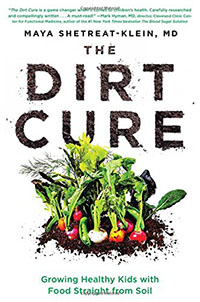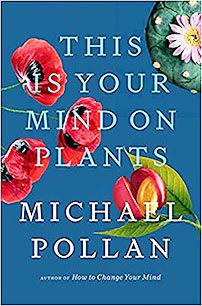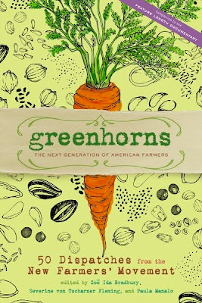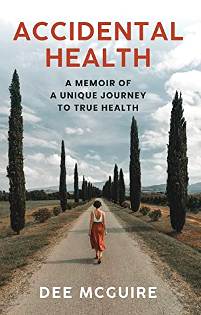I found this book browsing. I picked it up out of curiosity- how could health be accidental? The blurb on the back gave me no indication of what health issues the author struggled with, or how she overcame them- it sounded inspiring, but vague. Oddly none of the reviews online mention the conditions that were debilitating the author’s life, so I will tell although with a note of spoilers if you want to be surprised. Because I didn’t see where this story was going, and then it sure made me sit up and take notice. (And this post gets a bit personal because of how I related to it).
She suffered acute back pain, for many many years. It became more severe with pain in other joints, skin problems, difficulty concentrating and lots of other symptoms that just seemed to pile up. Visits to doctors and specialists, multiple surgeries on her back, neck and knees, pain medications and physical therapy- none of it really did any good. In the middle of all this was a frightening time, suddenly learning she had breast cancer, getting surgery, and just as suddenly told it was completely resolved. Really I was appalled to read how callously and brusquely the doctors treated her, with her concerns about conditions that were undermining her whole life they seemed to think unimportant. Unless she was leaving something out, I can’t imagine meeting doctors who give you so little actual consideration.
I started to suspect one of the major answers she found to her health issues, when I read that after a certain proecdure, she was unable to eat for a number of days, and her body aches and some other complaints instantly disappeared. Only to return later. I skipped ahead to see if gluten was mentioned in future pages and stared at a sentence in the beginning of chapter thirteen: My goal was to avoid wheat, rye and barley, the grains containing gluten. It was celiac disease (or a gluten intolerance?) Discovered when she noticed a friend at work avoiding certain foods, and asked about her diet- the friend was gluten-free which sparked McGuire’s interest. She decided to just try eating differently for a few days, and was amazed at the difference in how she felt. Her pain was gone.
I know exactly this feeling. I’ve been there: so delighted in the flexibility and ease to move my body that I laugh out loud to my family: “look, I can touch my toes! I can walk barefoot and my feet don’t hurt!” It’s just so shockingly wonderful to have that chronic pain gone that you’re stunned at how good you feel- it’s like a miracle, and yet that’s how you ought to feel every day, ha. So I could relate well to this part of her story. Her frustration in trying to make new food selections in the grocery store (yeah gluten-free on the label doesn’t always mean what you hope it does). Her quest to figure out what other foods bothered her digestive system and caused flareups. She moved on to visit a fuctional medicine doctor. (I had to look that up- seems to be another kind of alternative medicine) and then did a detox. To be honest, I’m skeptical about detox, and some of the other measures the functional doctor recommended (not to mention the staggering expense, and all those tests!)
But this story resonated with me because I could relate to all the stuff about how gluten had affected her autoimmune system and caused her joint pain. I’ve had those moments, when suddenly my wrist hurt so acutely I’d drop something, or my knee so I’d have to stop walking and hold onto something, or my lower back so I’d need a cushion or heat pad behind it to drive. I’d wake up in the morning with my body hurting and have to roll out of bed and lever myself up from the floor, because I couldn’t just sit up in bed. At one point I could barely bend to tie my shoes. I was on the verge of going to the doctor to find out if I had arthritis or some joint issue when I stumbled on the idea that gluten could be causing another chronic issue I had (insomnia) so I tried going gluten-free for a few days. Just to see. It was a shock and delight, to find that my insomnia, joint pain and many other symptoms disappeared. Most have never come back, except for the few times I accidentally have gluten exposure again.
So I’m there with the author on all this. The need to clean out your kitchen, to be super careful in restaurants, to ask people about ingredients if they make you food, to read labels on food packages more discerningly. I’ve found cross-contamination and trace amounts really do affect me. I appreciated reading the particulars on how her family found ways to eat healthier and avoid the foods that gave them problems (her kids had minor issues that were resolved when they avoided gluten too).
The whole book is kind of a wake-up call, that the things you put in your body really do matter. That having good health could be as simple as giving your body the wholesome foods it needs to maintain itself properly. Not all the author’s health issues were resolved when she went gluten-free, cut individually problematic foods and did her detox. But the worst ones dissipated and she felt increasingly better as time went on. I’m glad she was determined to keep seeking for answers, and that she shared her story.
Borrowed from the public library.
